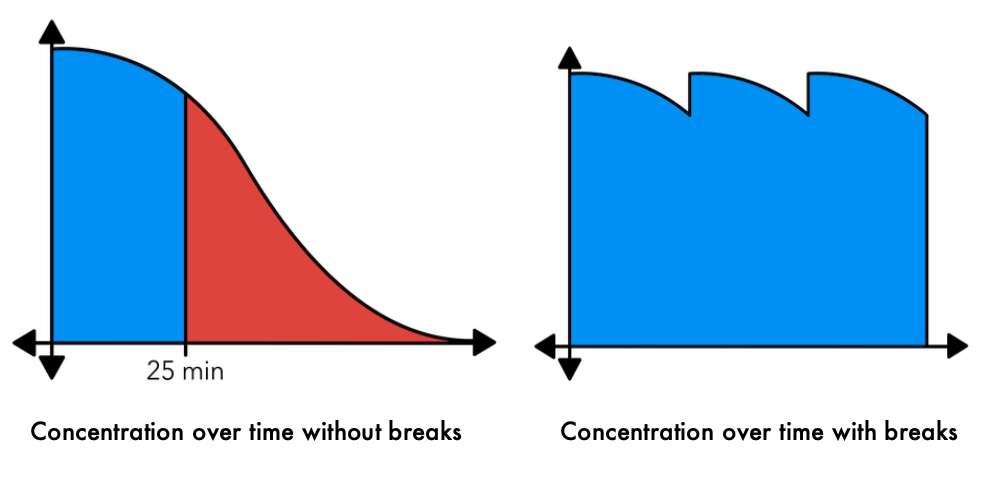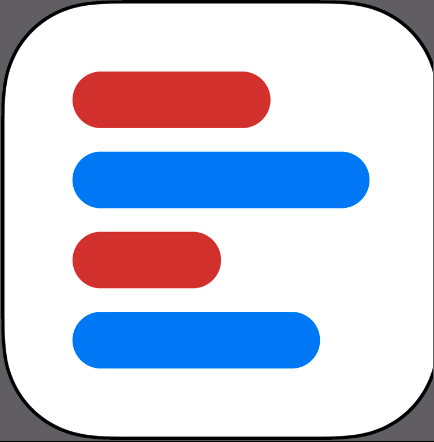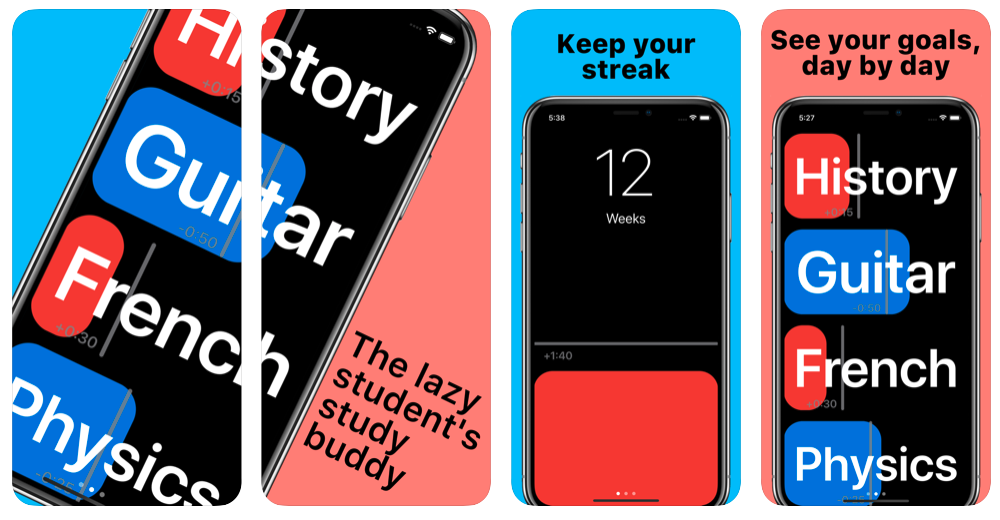By Gavin Douch
Useful, accessible and COVID-proof advice, right at your fingertips
Editor’s Note: Lot’s Wife did not receive payment for this post. Our intention is to promote outstanding creative efforts by students in our community
I’m a first year Monash student with a strong interest in app development. Not long ago I made an app called StudyStreaks to help fellow students study effectively: I didn’t know just how relevant it would be to the current global health situation when I made it! Studying and staying motivated weren’t easy before, and now it is harder than ever with all the distractions of the home. Therefore, I thought I would walk you through some study advice that I have learned, and then built into my app. If you would like to download it, there will be a link at the end of this article.
About Me
My story with programming starts with an old game called LittleBigPlanet. It was a creative platform game where you could build little machines and make your own levels, and some people figured out how to make logic controls like “If thing A happens and thing B happens, then thing C should happen.” I took some interest and learned a fair bit about computers through the game without realising. Fast forward to high school, and I made friends with a group of people who had all learned to code, who then encouraged me to learn. I started with web development, then moved onto JavaScript, then C++, etc. The awesome thing about programming is that everything you need to know is online for free, because the nerds who know this stuff write websites and answer questions on Stack Overflow, so it’s all there, ready to be Googled.
Making StudyStreaks was challenging, but it was also very rewarding. I recommend to anyone with their own app idea to give it a shot. You don’t need to be an IT or CompSci student to give it a try, it’s all there for the Googlin’.
Without further ado, let me step you through how my app works…
1. When to Take Breaks
According to the New York Times, the average person can study for about 25 minutes before losing focus, but fortunately, it only takes about five minutes to reset that concentration.

In StudyStreaks, my timer will count down to each break, and then count down the break to figure this out for you:

2. How to Motivate Yourself

The human brain is naturally loss averse, that is, we hate to lose progress, especially when it took hard work to get there. You can take advantage of this by setting up a streak for your studies. Every week you reach your study goal, you add one to your streak counter. If you miss a week, back to zero. It’s recommended that you do this based on weeks rather than days, because it’s very likely that your days aren’t regular enough that it’s practical for you to reach a study goal every day. Doing it based on weeks means that if something comes up unexpectedly one day, you can pick up the slack the next.
In StudyStreaks, the main screen tells you how many weeks in a row you’ve reached your goal, and it shows you how much more study you need to do today to be on your way there.
3. How to Prioritise
My app figures out roughly how much study you need for each unit, based on a few simple initial questions. Here’s how my app helps set a weekly study goal:
Step 1: “I currently study…”
- Rarely (11 hours per week)
- Sometimes (15 hours per week
- Often (20 hours per week)
We’ll then know how much time we have to divide among the units. Let’s use 15 hours for example.

Step 2: How important is each unit?How to Prioritise
You then set an importance rating as a percentage for each unit, for example:
- First unit: 70%
- Second unit: 40%
- Third unit: 80%
- Fourth unit: 30%
Now that we have the importance rating for each unit, we add the ratings together. 70% + 40% + 80% + 30% = 220%.
Lastly, we divide each rating by the total, and multiply it by the weekly goal (15 hours). This gives you your rough study goal for each unit over a week.
- First unit: (70/220)×15 = 4 hours and 46 minutes
- Second unit: (40/220)×15 = 2 hours and 43 minutes
- Third unit: (80/220)×15 = 5 hours and 27 minutes
- Fourth unit: (30/220)×15 = 2 hours and 2 minutes
This may sound a bit complicated, but in my app all you need to do is drag some sliders, and your goals will be made for you.
Try it for yourself
Linked below is my free app, StudyStreaks, which will help you to use all of the tips above and more.
 StudyStreaks
StudyStreaks
“A simple and powerful study planner, to motivate you to study, stay concentrated, prioritise wisely, and become a better student. Download it for free on the App Store, for iPhone, iPad, and iPod touch devices.” Download here

Editor’s Note: Lot’s Wife was not paid to make this post. This post is purely intended to promote creative efforts of students within our community.
